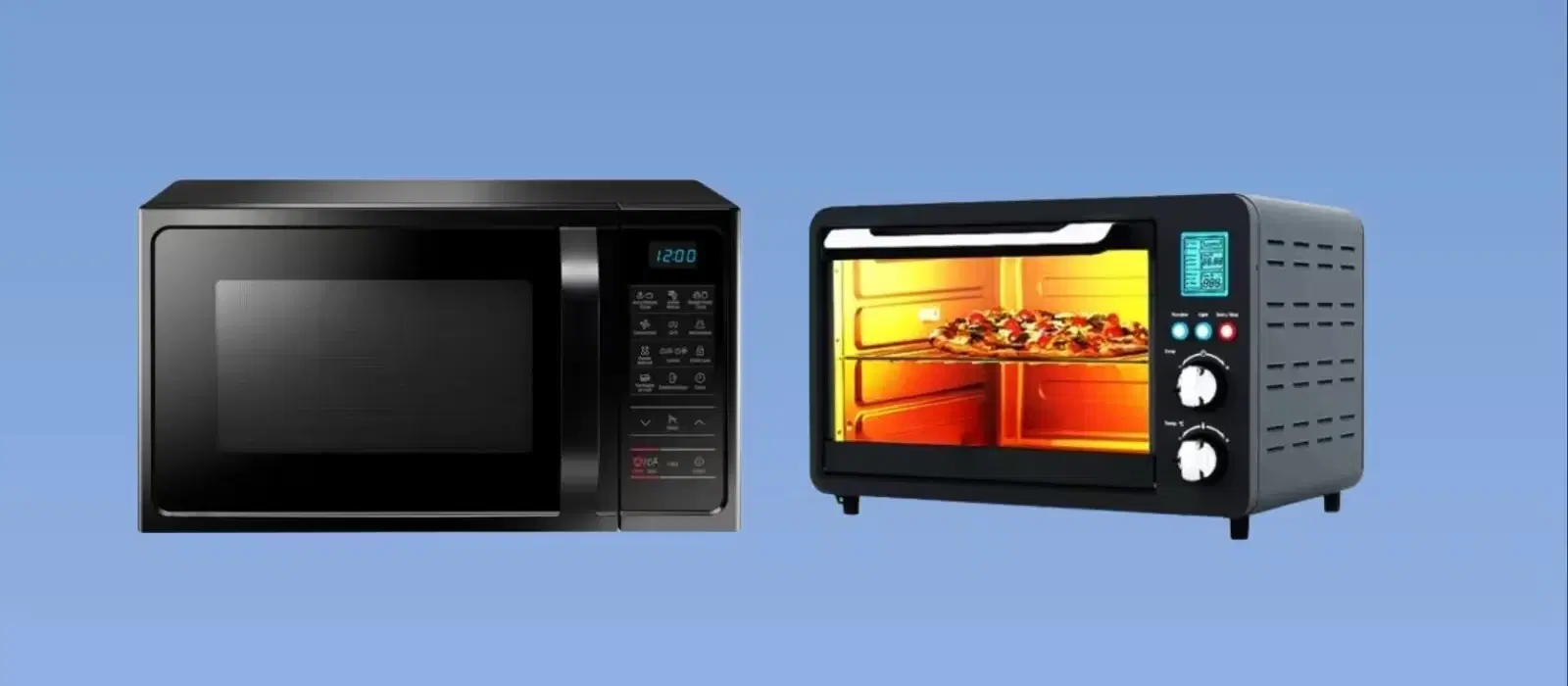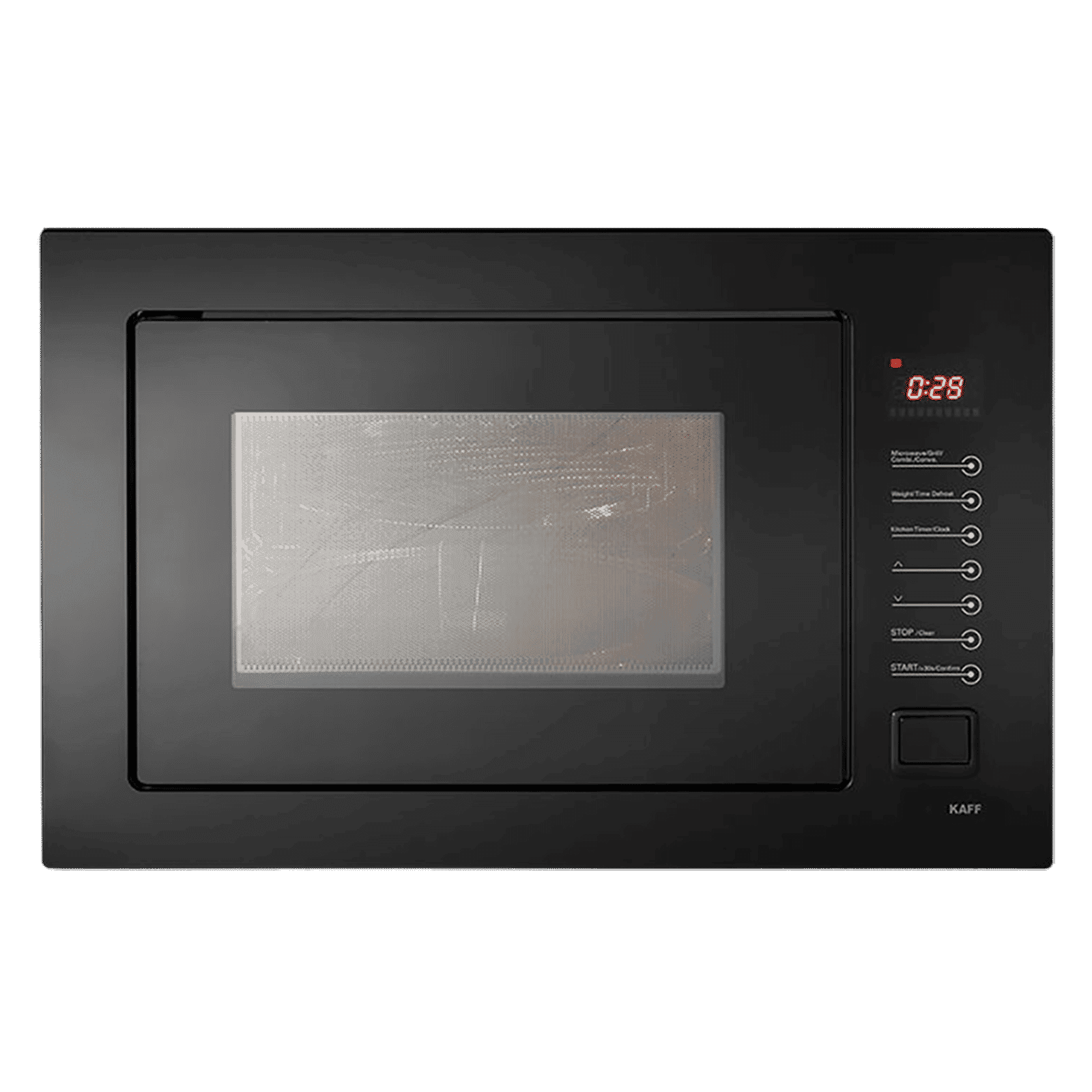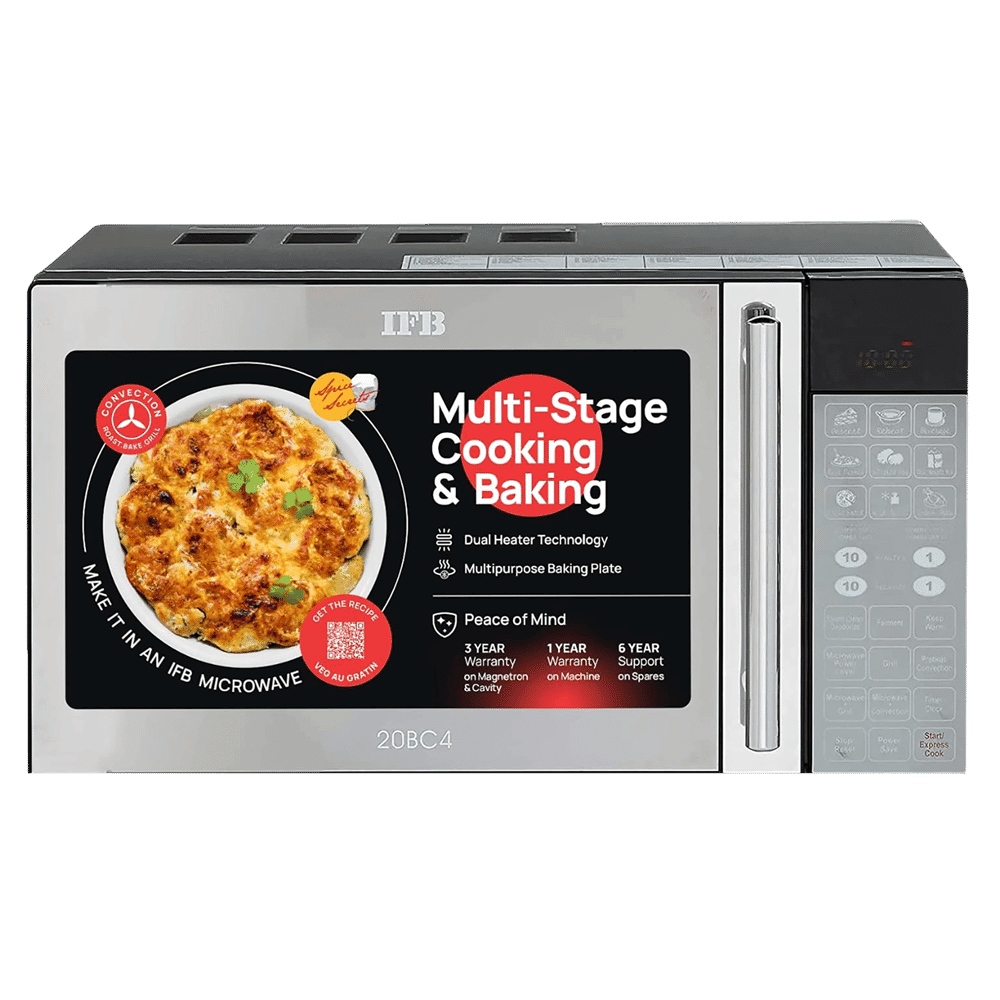
Home Appliances
•04 min read

Buy IFB 30FRC2 30L Convection Microwave Oven with 101 Autocook Menus (Black Floral) online at best prices from Croma. Check product details, reviews & more. Shop now!
Choosing the right appliance is key to creating a harmonious kitchen, whether you're living in a cosy apartment or a spacious home. In this handy guide, we delve into 10 different microwave sizes in mm, offering a clear insight into their dimensions to help you find the ideal option for your space. By understanding microwave dimensions in millimeters, you equip yourself with the knowledge to select an appliance that fits your lifestyle perfectly – be it for simple reheating or preparing full meals.
Accurate measurements, particularly when expressed in millimetres, are crucial in avoiding installation headaches. Using the metric system helps ensure that built-in or tightly-fitted microwaves will integrate seamlessly into your existing kitchen layout. No more misfits – only precision, so you can confidently plan out your kitchen space.
Before deciding on your appliance, think about your kitchen layout, available counter or cabinet space, and how you intend to use the microwave. Whether you require a quick fix for reheating or a fully functional tool for cooking a variety of meals, these factors influence which microwave dimensions will work best. Consider your lifestyle and the overall design of your kitchen before narrowing your choices.
To simplify your decision-making, microwave options typically fall into four categories: countertop, built-in, over-the-range, and compact models. Each type comes with its unique dimensions. For example, a compact microwave is ideal for small spaces, while built-in options offer sleek integration into your cabinetry. Understanding these basics can help you interpret the standard microwave sizes available in the market.
Example: 400 mm (W) x 300 mm (D) x 200 mm (H). Compact models are perfect for dorm rooms, studio apartments, or tight kitchen corners. These small microwave size guide options ensure practicality without sacrificing functionality, ideal for those with limited space but high expectations.
Example: 500 mm (W) x 400 mm (D) x 300 mm (H). These dimensions offer a balance between functionality and ease of placement on most kitchen counters. Thanks to their accommodating proportions, they can easily handle standard plates and other commonly used cookware, making them one of the most popular choices for everyday use.
Example: 600 mm (W) x 500 mm (D) x 350 mm (H). Built-in microwaves are designed to blend seamlessly with cabinetry, offering a sophisticated, integrated look. Their precise measurements in mm ensure that they nest perfectly within pre-set spaces, an excellent option for those seeking a modern aesthetic.

Buy KAFF KMW8A 25L 60cm Built-in Microwave with Multi Programming Mode (KMW8A-BLK, Black) online at best prices from Croma. Check product details, reviews & more. Shop now!
Example: 760 mm (W) x 400 mm (D) x 450 mm (H). These appliances double as a microwave and a ventilation unit. They are ideal for kitchens where counter space is limited but functionality is paramount. Their larger width offers ample cooking space while doubling up on built-in ventilation, ensuring optimal performance.
Example: 450 mm (W) x 350 mm (D) x 250 mm (H). Designed specifically for kitchens that require an efficient use of space, these models are great for minimalist setups. They offer a practical solution where every millimetre counts, making them popular among those seeking to maximise their kitchen’s potential without compromising on performance.
The height and width of a microwave are critical for ensuring it fits well on your counter or inside your cabinetry. Typical ranges vary with microwave type, and a clear understanding of these dimensions helps in choosing an appliance that meets both aesthetic and functional needs. The standard microwave sizes mentioned earlier provide a reliable guide when planning your purchase.
Depth is especially crucial when dealing with built-in or over-the-range models. Knowing the microwave depth in mm can help you measure your available space accurately and avoid fitment issues. When checking your kitchen setup, always account for additional clearance needed for ventilation purposes.
The interior capacity of a microwave, often measured in litres or cubic feet, correlates directly with its external dimensions. For instance, a microwave with a 1.2 cubic foot capacity is typically adequate for heating a standard dinner plate or a casserole dish. By understanding microwave interior capacity alongside its dimensions, you can ensure the appliance meets your culinary needs effectively.
Begin by carefully measuring your available space in millimetres. This involves measuring the width, depth, and height where the microwave will reside. Accurate measurements will help prevent installation issues and ensure the appliance fits perfectly into its designated place, whether on the countertop or within a custom-built cabinet.

Buy IFB 20L Convection Microwave Oven with 71 Autocook Menus (20BC4, Black) online at best prices from Croma. Check product details, reviews & more. Shop now!
Consider your usage patterns and the role the microwave will play in your daily routine. Frequent users, who rely on their appliance for various cooking tasks, may benefit from a slightly larger model with robust features. On the other hand, a compact microwave may be more than sufficient for occasional use and suited to smaller kitchens.
Below is a straightforward comparison chart that summarises the 10 microwave sizes discussed:
Compact: 400 x 300 x 200 mm | Standard Countertop: 500 x 400 x 300 mm | Built-in: 600 x 500 x 350 mm | Over-the-range: 760 x 400 x 450 mm | Space-saving: 450 x 350 x 250 mm
Pro Tip: Measure Twice, Buy Once!
Before purchasing a microwave, always measure your kitchen space twice. Don’t forget to account for ventilation clearance, especially for built-in and over-the-range models. This ensures a perfect fit and optimal performance.
Microwave sizes typically range from 400 mm to 760 mm in width, 200 mm to 450 mm in height, and 300 mm to 500 mm in depth.
A 1.2 cubic foot microwave generally measures around 600 mm (W) x 400 mm (D) x 300 mm (H), though dimensions may vary by design.
A standard dinner plate, approximately 280 mm in diameter, fits comfortably in microwaves with an interior capacity of at least 20 litres or a turntable diameter of around 300 mm.
In summary, understanding microwave size in mm and its related dimensions is crucial for making an informed purchase decision. Whether you are considering compact microwave measurements for a small kitchen or looking into built-in microwave dimensions for an integrated design, this guide provides a thorough breakdown that caters to diverse needs. Through careful measurement and consideration of your kitchen layout, you can choose a microwave that not only meets your cooking needs but also adds to the overall aesthetic of your home.
Explore further insights on choosing the right appliances, and enjoy the benefits of a seamless shopping experience that rewards your smart purchases with NeuCoins. With every thoughtful decision, you'll enjoy the satisfaction of a perfectly organised kitchen that supports your lifestyle aspirations.